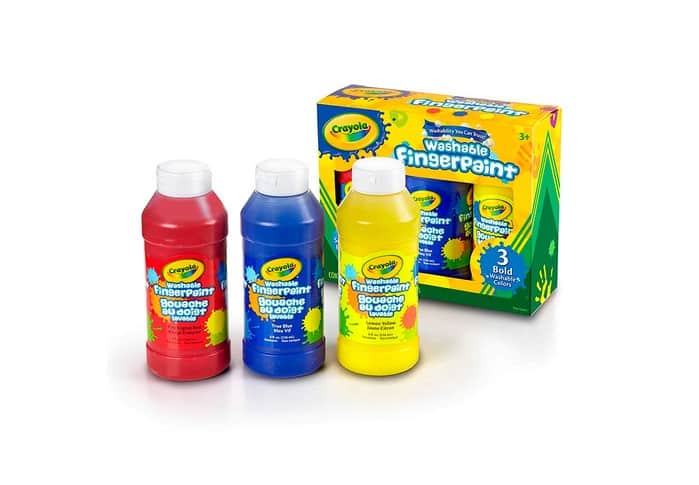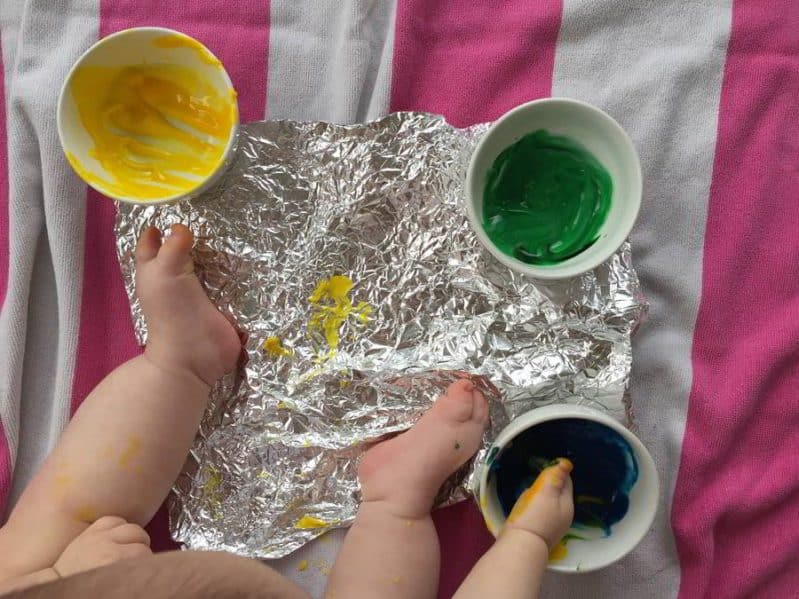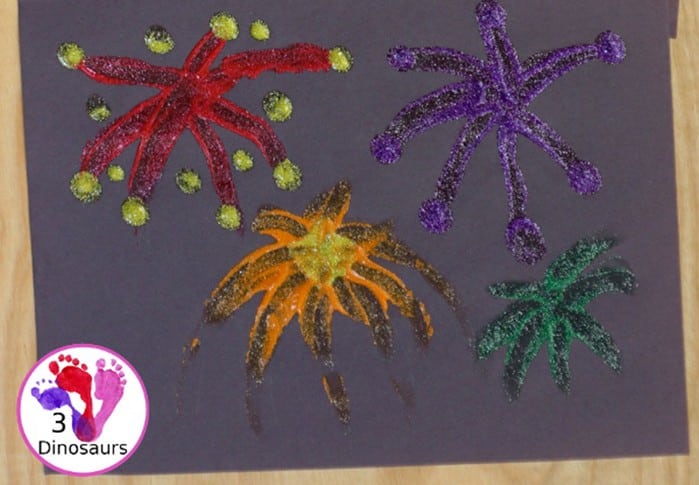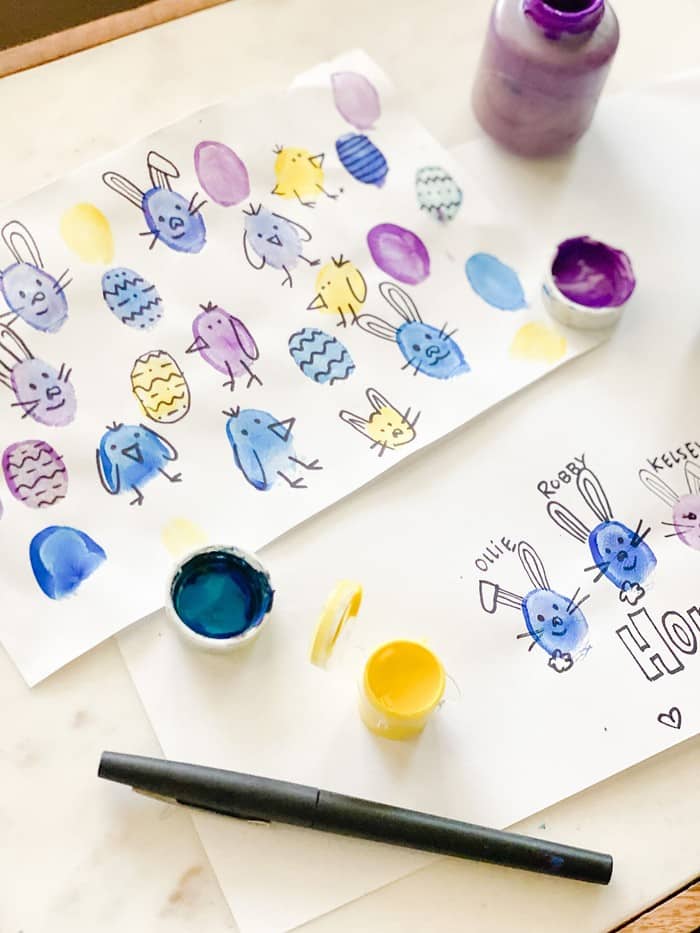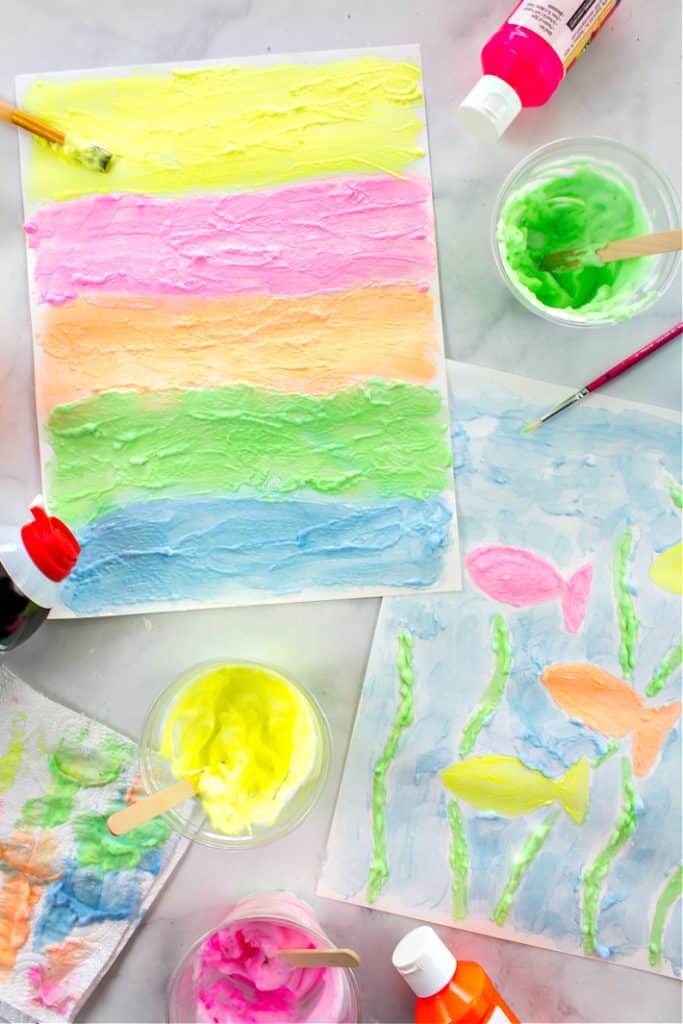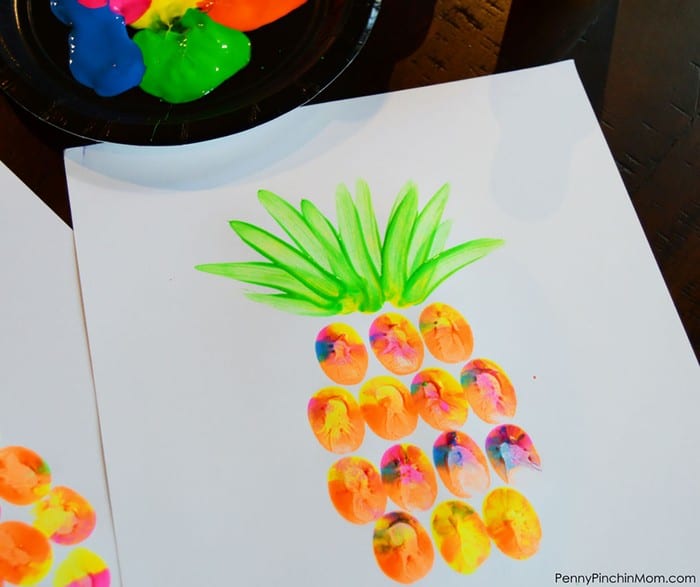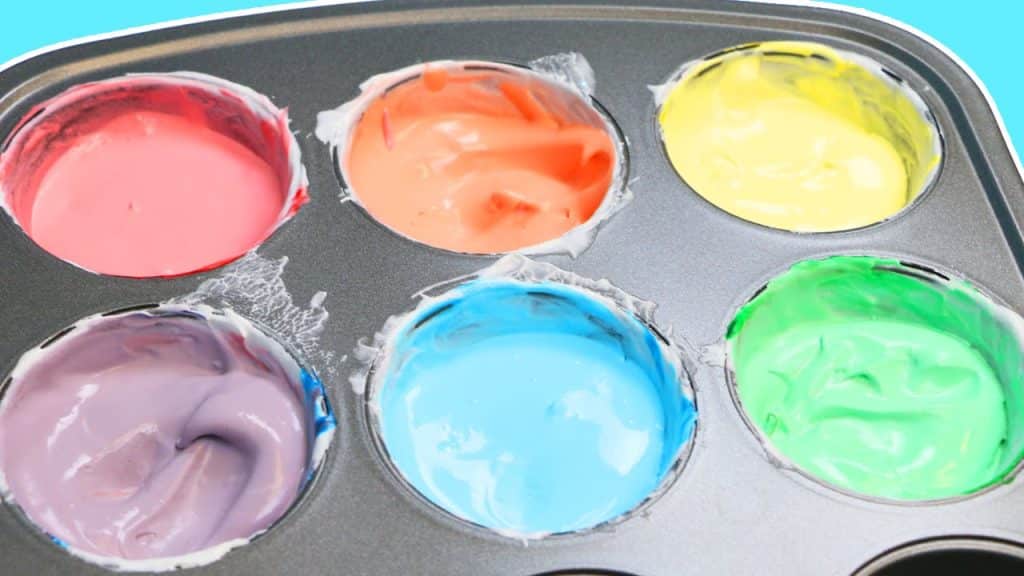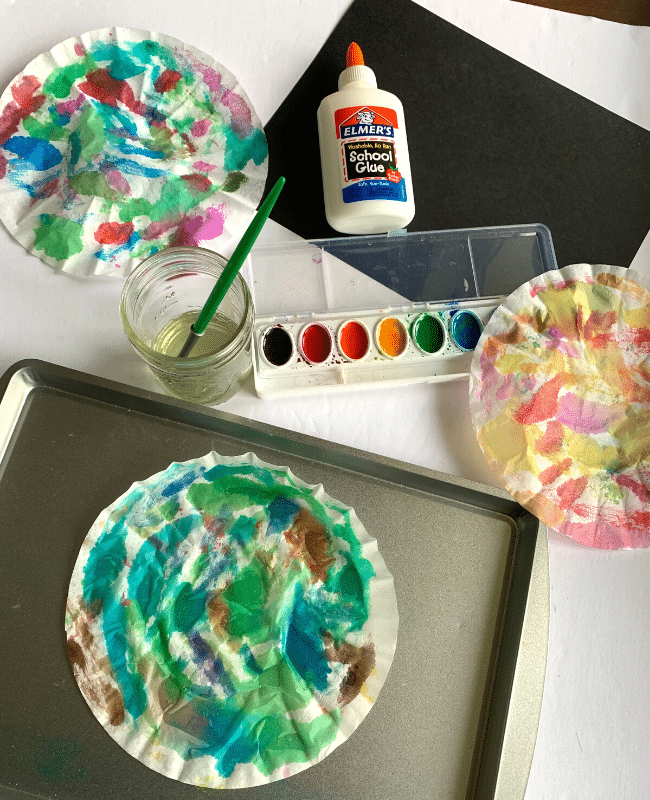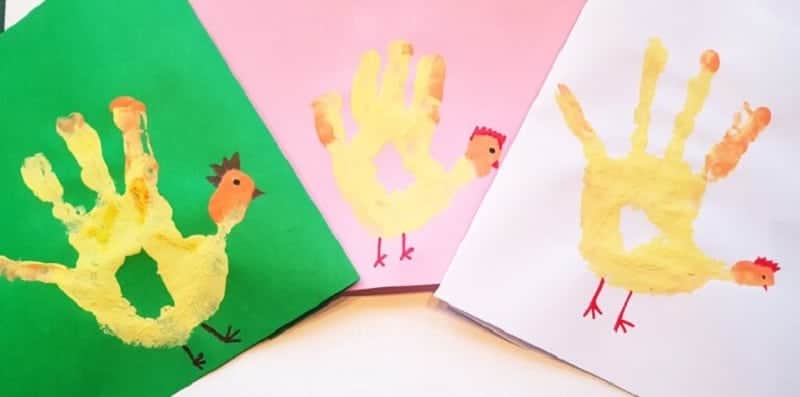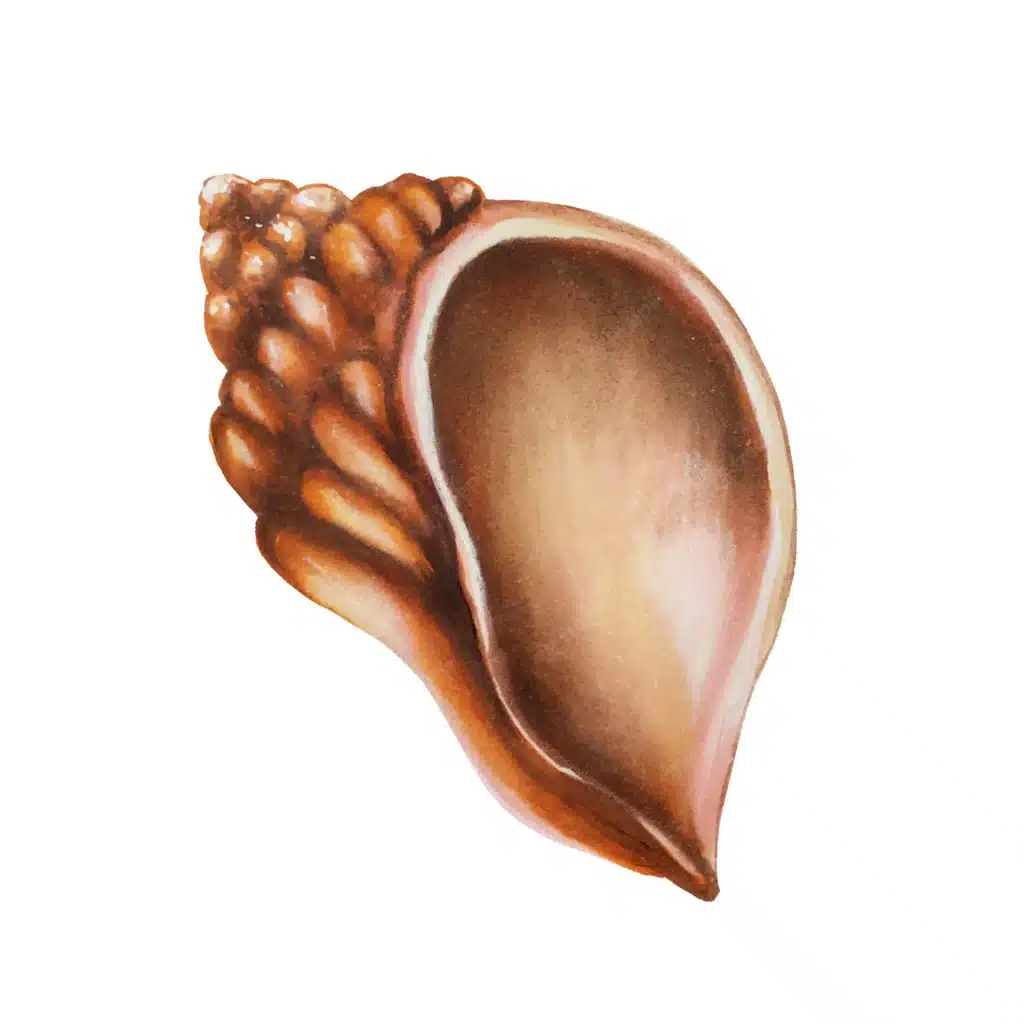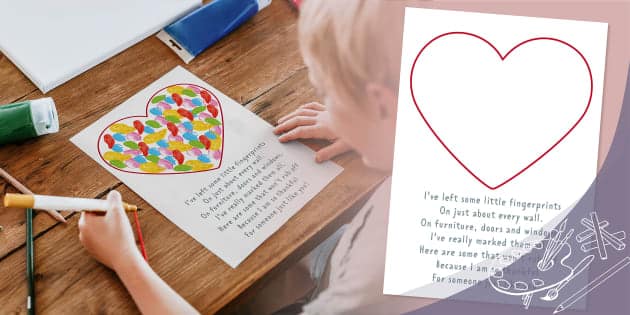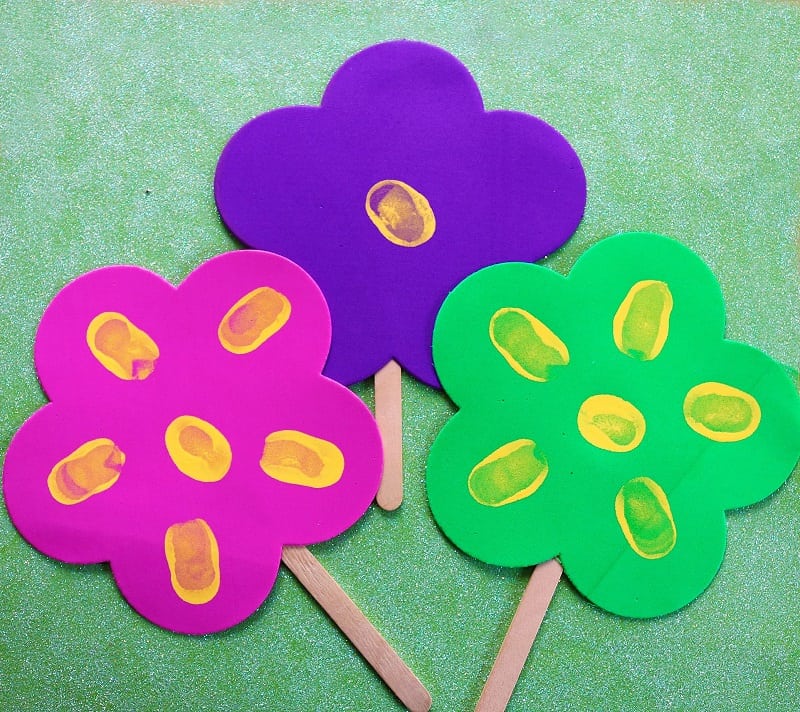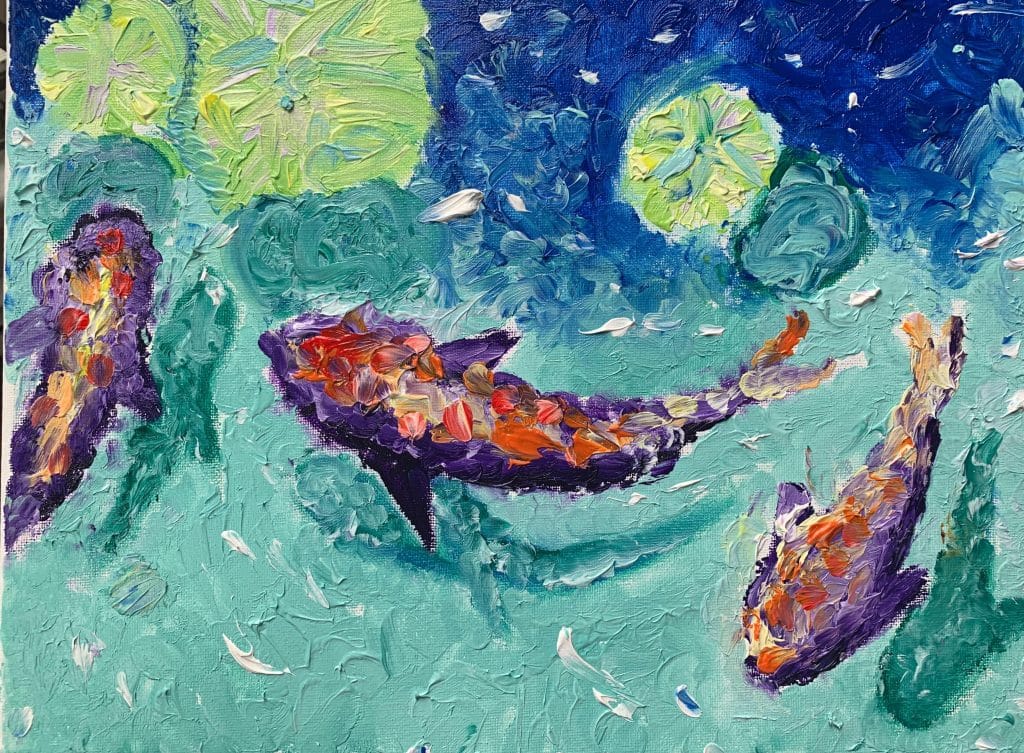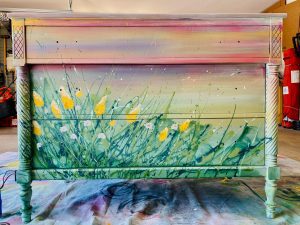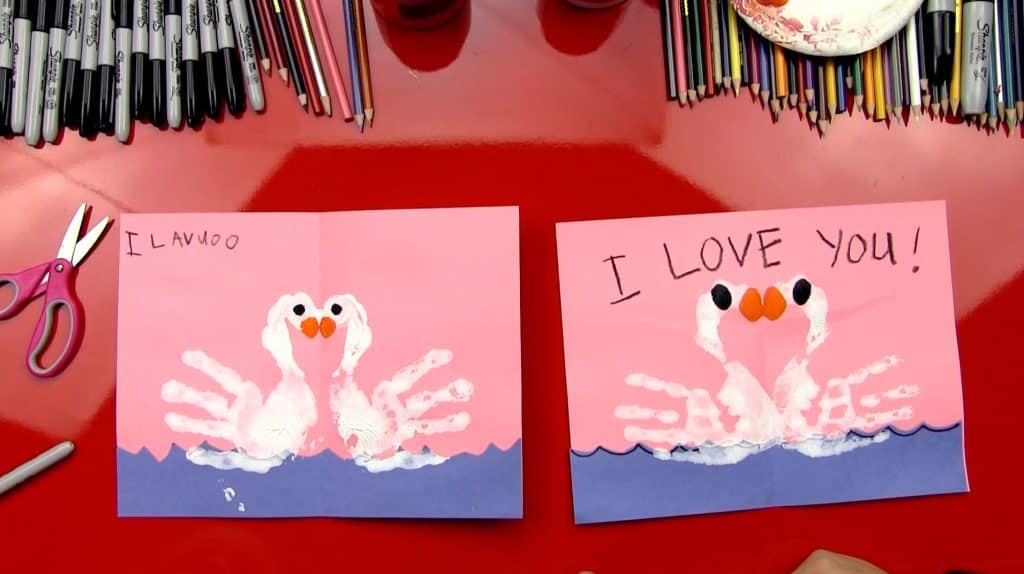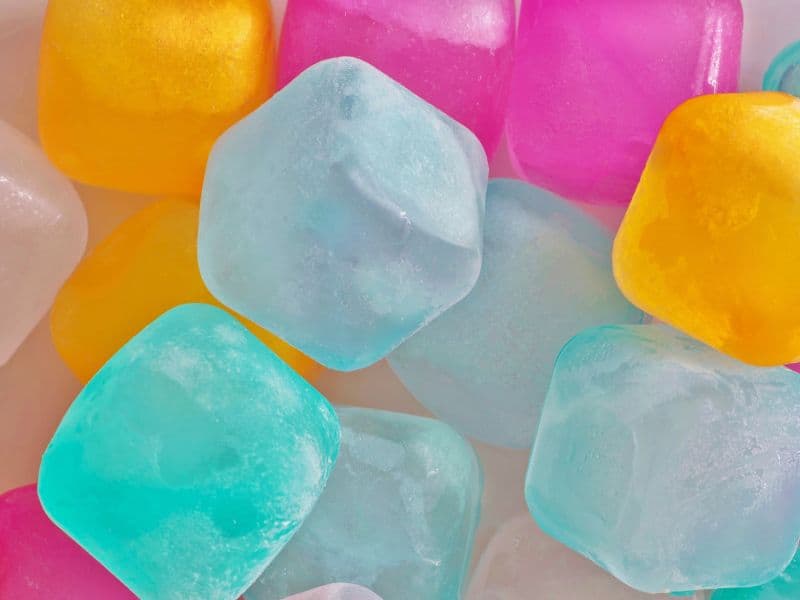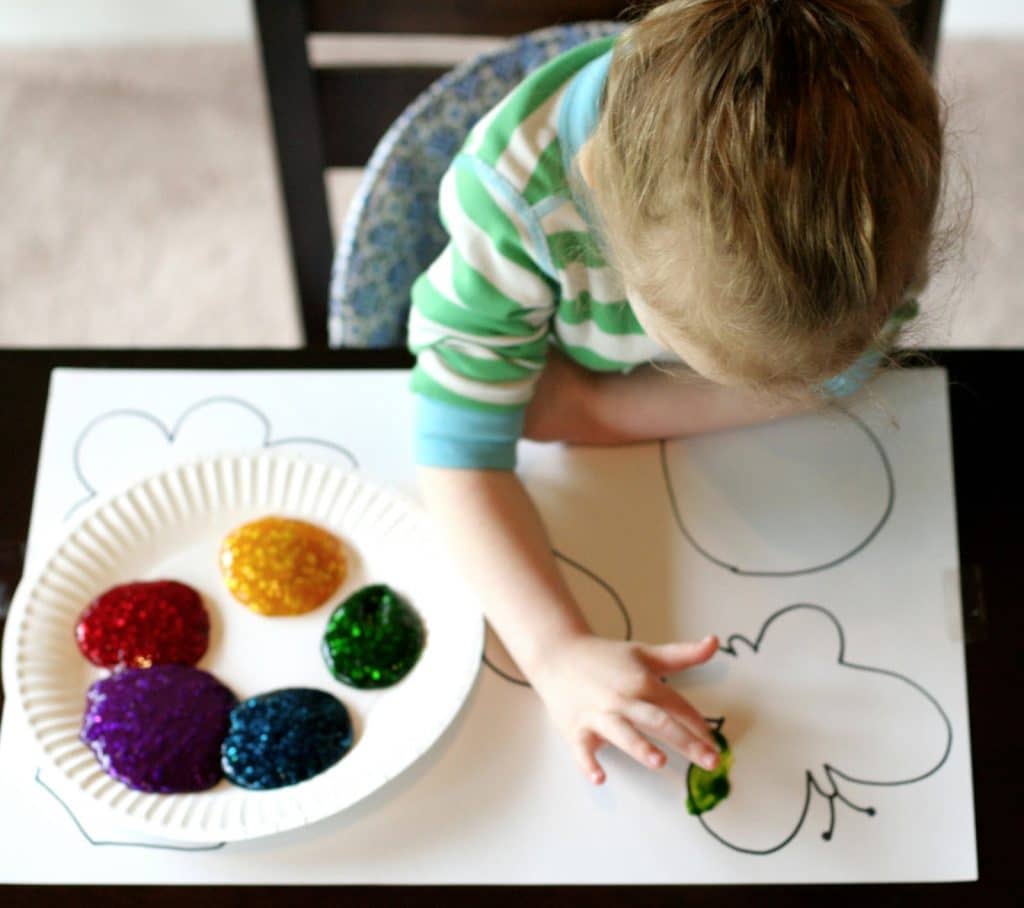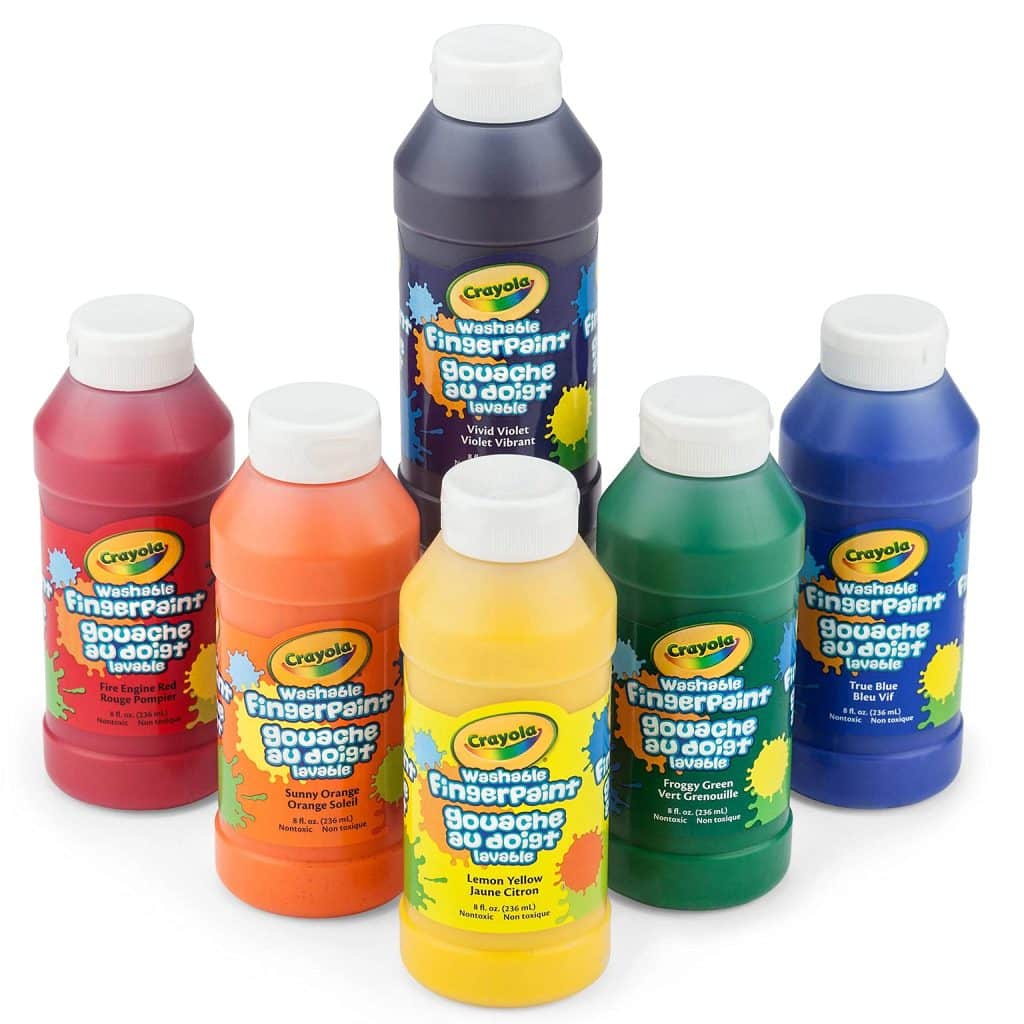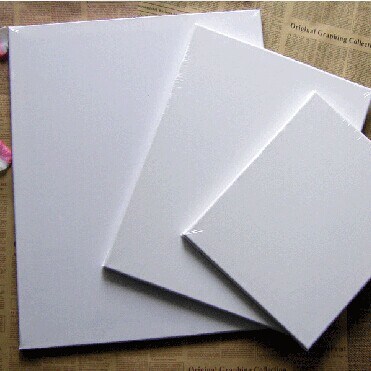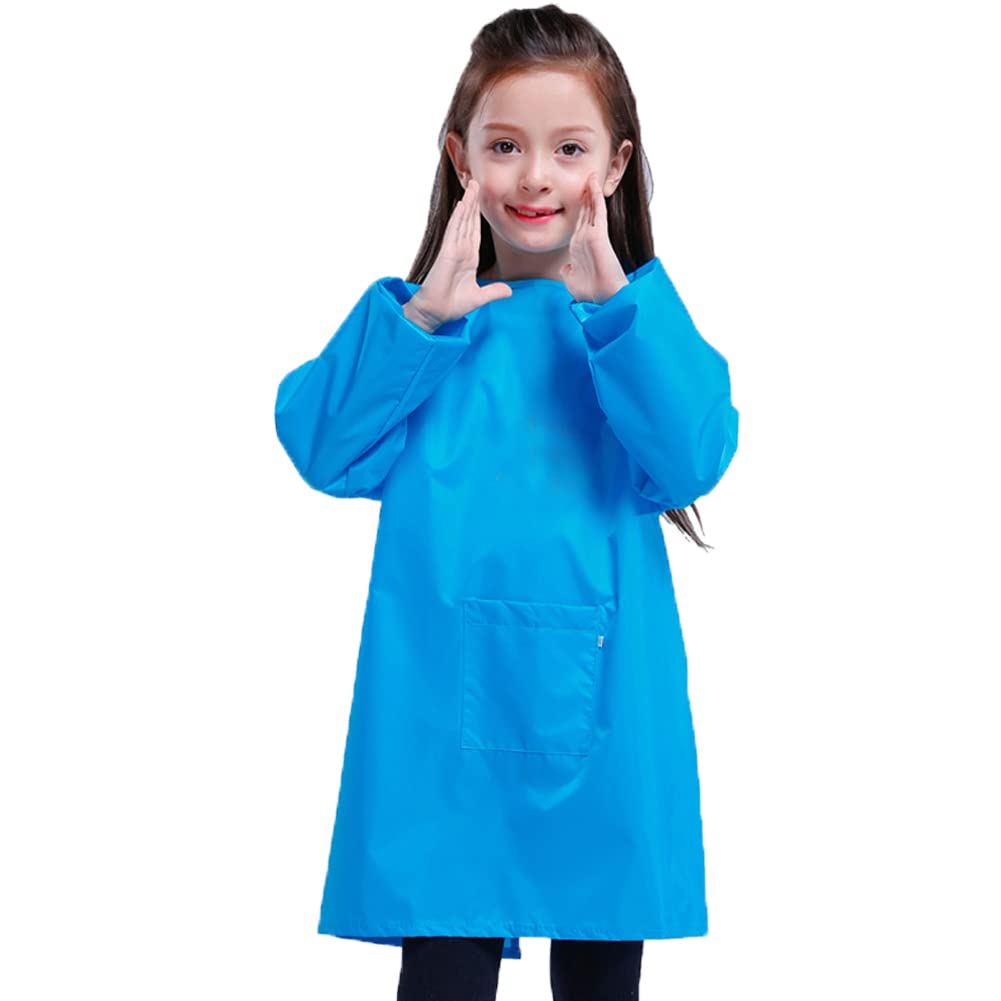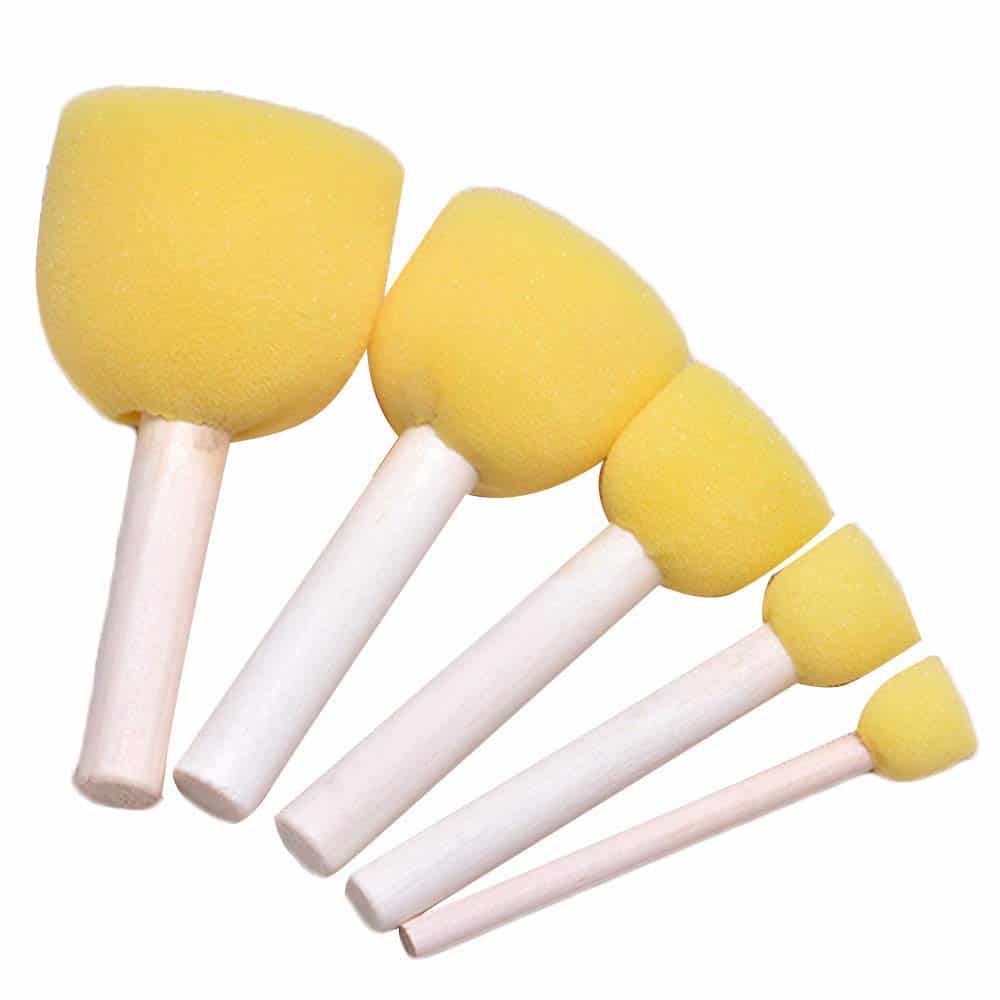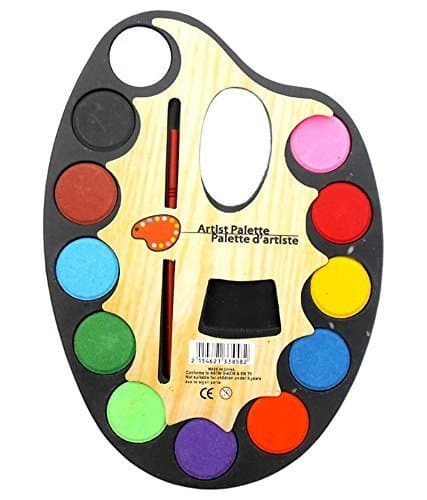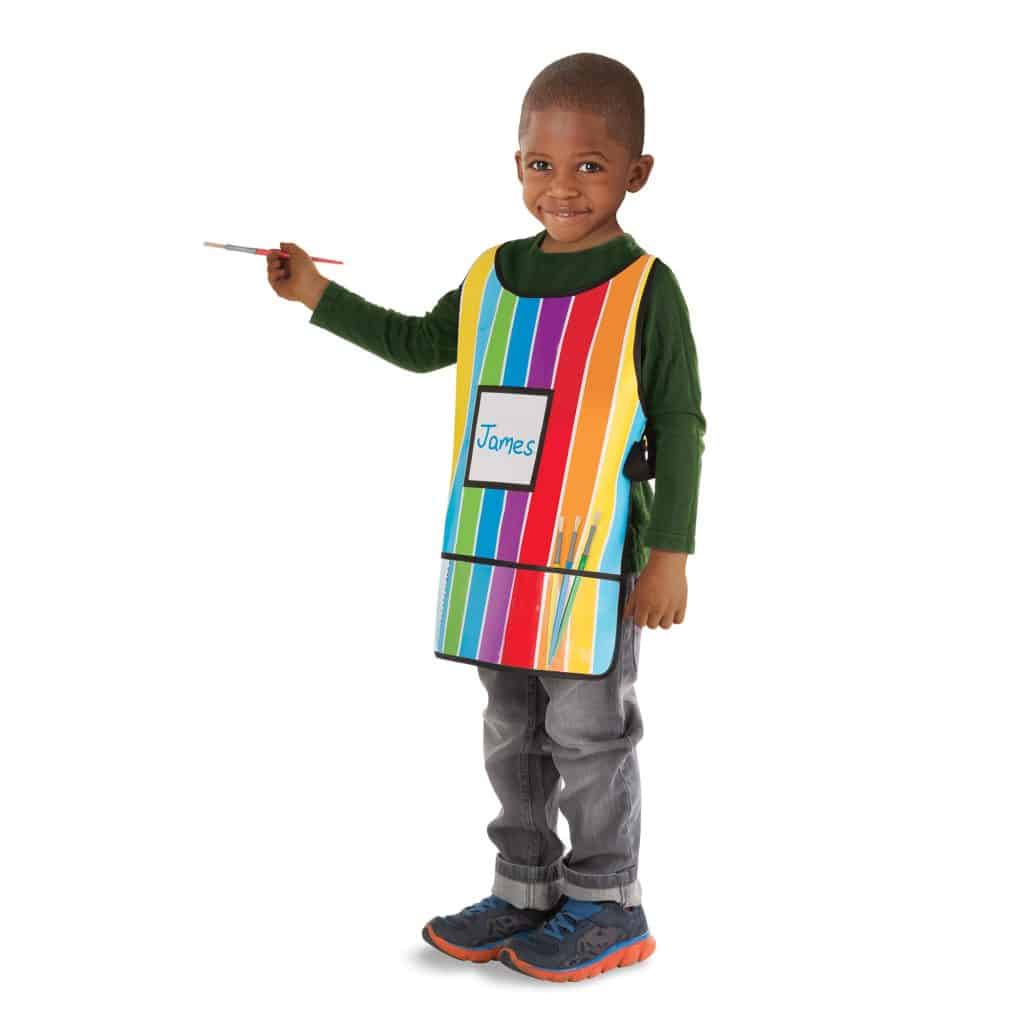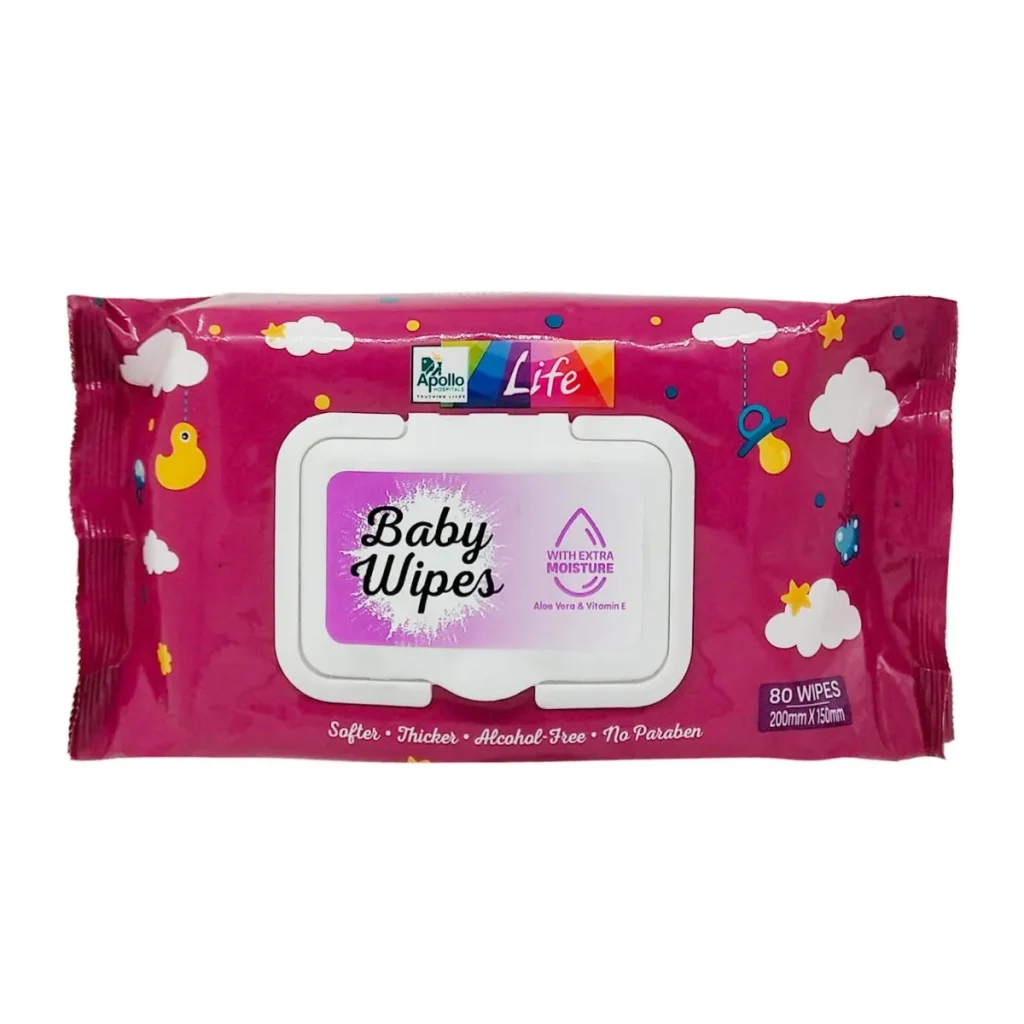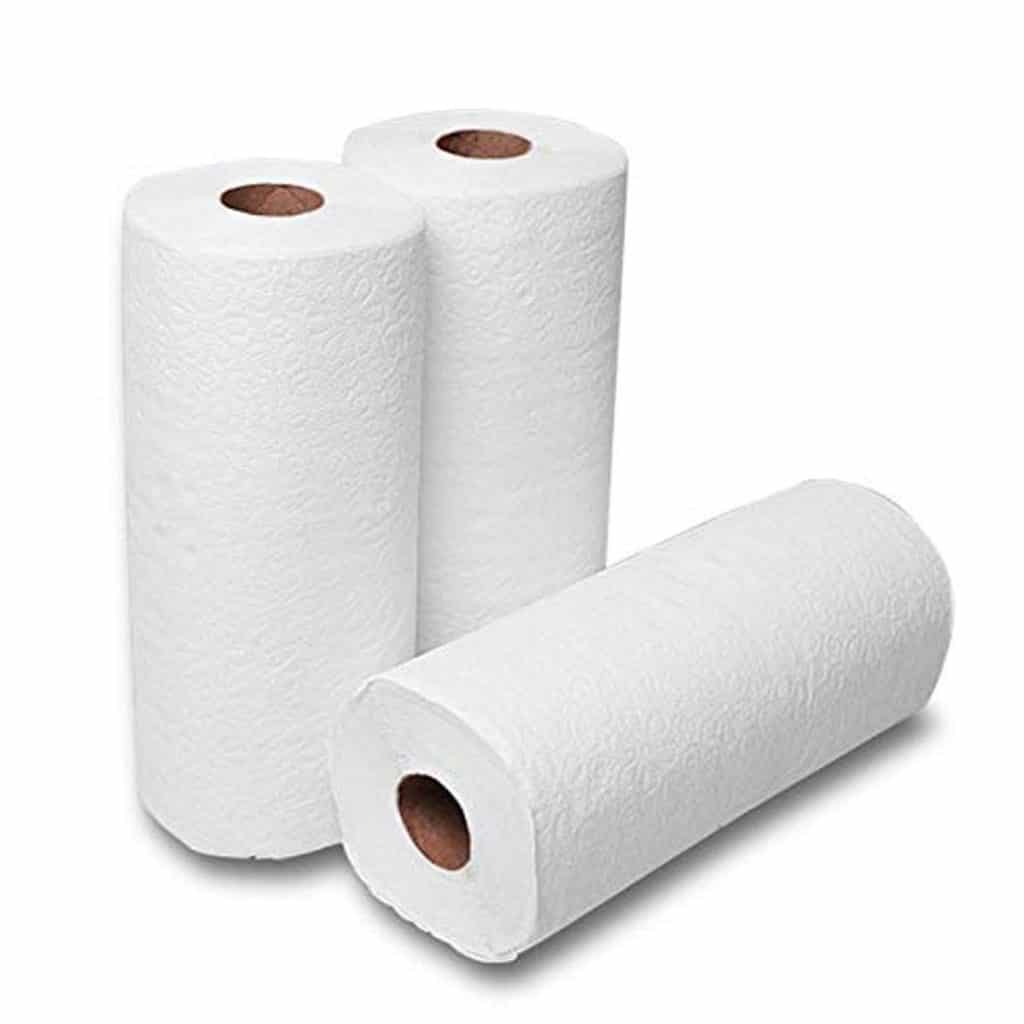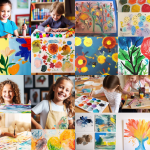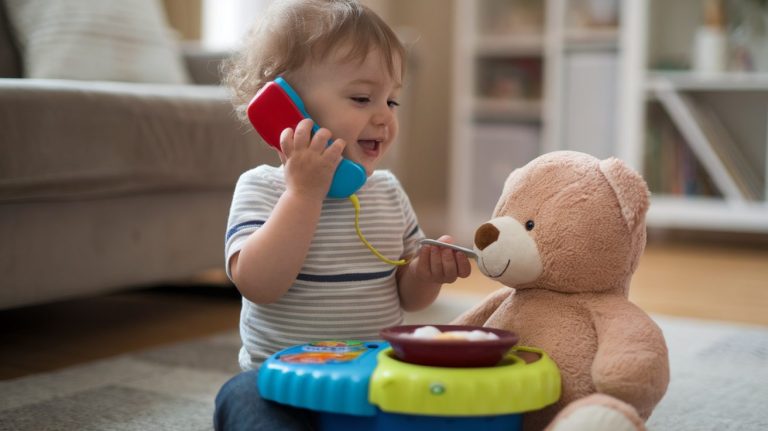Finger painting is a fun and interesting hobby that helps infants develop critical developmental skills as well as creativity. Toddlers frequently use their hands for play and exploration. Painting is no different. A messy yet entertaining option to encourage your child’s sensory exploration is finger painting for toddlers.
These activities for toddlers will keep them engaged while fostering their creative expression and fine motor abilities. They range from charming creatures and colorful rainbows to undersea exploration and abstract works of art. The article will go into detail on the developmental importance of fingerprinting for your young children.
This post will look at 25 fun fingerprinting ideas that are especially suited for your toddlers.
Fun Finger Painting Ideas for Your Toddlers
1. Use a Variety of Objects
While fingers are often used for finger painting, your child may also like using household items like brushes, rollers, spoons, forks, sponges, earphones, wool, or even cotton wool balls. This is not only aesthetically appealing, but it also teaches your youngster about items, texture, and forms.
2. Use Cardboard Shapes
By cutting cardboard into various forms, you may assist your baby with fingerprinting. Make a triangle border out of cardboard as an illustration, then show your kid how to dab paint onto the canvas and drag it around the surface. It will provide an exquisite zigzag border. You may experiment with various patterns and forms. Therefore, prepare your scissors and work with your child to create multiple cardboard stencils.
3. Use Rolling Pin
Do you have a rusty rolling pin lying around your home? For your toddlers fingerprinting activities, it may be a terrific tool. Attach rubber bands to the rolling pin. As they roll the rolling pin on the paper after dipping it in paint, your toddler will be in awe of the designs.
4. Crayola Finger Paint
The finger painting sets from Crayola are incredibly popular and affordable. Kids may play with a range of vibrant hues in the set. These finger paints wash off most types of clothing and are simple to clean up. Highly suggested.
5. Wax Paper or Aluminum Foil
This gives your young child a new texture to explore and paint with their fingers. Once your kid has started and completed painting their masterpiece, you might try to make a souvenir if you like. Simply place the paint side down wax paper public foil on a piece of construction paper. Peel it off slowly to reveal the finished design on the construction paper.
6. Consider Using a Resealable Plastic Bag
Use a zip lock or resealable plastic bag to contain the paint for a mess-free alternative to finger painting. Particularly for younger infants during tummy time, this is a fantastic alternative. But it’s also fantastic for one and two-year-olds when you want to provide a fun and engaging activity but don’t have time or energy for a tiresome cleanup.
7. Use Vegetables
Without veggies, fingerprinting is incomplete! Did you know that when veggies are dipped in paint or watercolors, they produce a variety of patterns? Your child will benefit from this as an opportunity to learn about the textures of veggies.
8. Consider Bubble Wrap and Construction Paper
Even without paint, children may enjoy fingerprinting! Instead, use water and construction paper. Young toddlers typically find it fascinating that the water will evaporate as it dries. For one and two year old that like painting continuously, this is such a simple and enjoyable fingerprinting concept. Your toddler’s fingerprinting activity will become more tactile, while the addition of bubble wrap enhances sensory exploration. Put fingerprints on the bubble wrap for them to use. Or, let them experiment with honeycomb paper, another intriguing new texture.
9. Snapdragon
Most kids can complete this enjoyable fingerprinting craft, while smaller kids would need some stems and leaves written for them on the paper. To create two tonal petals, experiment with combining various colors.
10. Fireworks
Celebrate a special event by fingerprinting a brilliant fireworks-filled night sky! This is a fantastic project for the 4th of July, New Year’s Eve, or bonfire night.
11. Easter
This is a fantastic activity for finger painting with your toddler. Get their thumbprints all over the paper, and then with a pen, draw anything you can think of on them, like bunnies or easter eggs. If you are doing this with younger kids, doing a few for them to duplicate can help them get started.
12. Consider Shaving Cream
Here is another easy toddler fingerprinting project that doesn’t include fingerprints. Shaving cream gives a fascinating sensory experience that is excellent for the development of fine motor skills, such as scribbling and forming smudgy handprints. Spray shaving cream on the table or surface you are using, then let your one or two years would use it to draw pictures. Shaving foam finger painting is a little like a sensory, messy version of Etcha sketch! To give your child a fresh canvas to draw on, you simply swipe over the cream. You can add dye or food coloring if you want to give the shaving cream an additional sensory component.
13. Let Them Draw Elephants
Additionally, you may do fingerprints with your entire hand to make a variety of amusing forms! This example from the crafty morning blog is one that we especially adore since it is so vibrant and upbeat. To make an adult elephant, you may also add your handprint.
14. Pineapple
People of all ages can enjoy making pineapple finger paintings. Try experimenting with color blending to create rainbow color tropical pineapples! It would look fantastic as a burst of colors on a kid’s bedroom wall.
15. Butterfly
There are not many better fingerprinting props than this one! Your youngsters might use this as a fantastic opportunity to create a gift. To safeguard the butterfly pattern, You can lacquer the mugs with your dishwasher-safe material.
16. Hungry? Make Something Edible
These prints are produced with yogurt and a few drops of food coloring, making them completely safe for your baby to use. Most fingerprints are not suited for newborns. You don’t have to be concerned that they will eat things because it is a good sensory play activity for them.
17. Paper Plate Peacocks
The bright hues and the original design of this DIY project are sure to perk everyone up on a dreary afternoon! The ideal final touch to give your Peacocks personality or googly eyes.
18. On Coffee Filter
Give your infant or young child a free ring, two fingerprints on a coffee filter, or whatever they choose. When the little creation is dry, you take over and transform them into butterflies. Create antennas by pinching the coffee filter in the middle, Wrapping a pipe cleaner around it, and leaving a small amount of pipe cleaner protruding from the top.
19. Handprint Chicken Art
Here is a creative hand-painting concept for your young children that requires your encouragement! This craft is wonderful and would make a sweet remembrance. It works any time of year and is excellent for educating your youngster about farm animals. Allow your child plenty of opportunities to squash and smear their own paper with handprint art. It could take a few tries to achieve a good print.
20. Shells
Adults may enjoy fingerprinting too! If you are an artist who is currently having trouble coming up with a fresh idea, attempting a new technique may help you see things in a new way. Discover these adult finger-painting ideas to unleash your creativity. With this shell painting, artist Elisa Burke pushed herself creatively, and the result is truly gorgeous fingerprinting.
21. Roses
Floral things work well with fingerprints because you can make extremely organic-looking flowing forms with them. If you want to create a looser painting style, try out this method with Alisa Burke, and discover how to make floral fingerprinting.
22. Define Poetries
Here is another baby fingerprinting activity that, similar to resist art, gives kids complete creative freedom while also producing something priceless. Here, you make a heart-shaped frame out of contact paper, which your one or two-year-old may decorate with their hand and fingerprints.
23. Popsicle with Hand-Painted
From the playroom, try this easy finger painting for infants and toddlers. It will make a sweet souvenir and a pretty activity for spring. A vibrant thumbprint flower would be a lovely and unique present that would be enjoyable to make.
24. Use Printed Templates
On the Internet, there are several ready-to-print templates. Print a handful of these, then show your child how to use their fingers to paint on them. This is an excellent chance to introduce children to the names of various colors, things, etc.
25. Use Different Surfaces
Although construction paper is the simplest surface to paint on, you may also let your child’s finger paint on aprons, aluminum, tin foil, leaves, or bubble wrap. In addition to textures, painting on various surfaces aids in the development of their general cognitive abilities.
Bonus Ideas for Easy Finger Painting Ideas
Since you have been to this point, then you deserve something extra in the form of bonuses.
1. Fish Pond
Iris Scott, a gifted artist from New Mexico, uses oil paints to produce amazing fingerprinting. She shared some of her skills on her YouTube channel so that you may try creating your amazing finger paintings at home.
2. Floral Furniture
You can also do lovely finger paints on your furniture, so don’t limit yourself to paper and canvas. The turquoise iris claims that the ideal tool for blending your fingertips, which may be used to achieve the perfect blend.
3. Make a Valentine’s Art
One more design for some adorable handprint artwork. Make an adorable art of Valentine’s and gift it to someone whom you love so much with thumb pains and thumbprint, and use acrylic and watercolors to blend it with the background. This will create a great impact on the art, and your child will get to learn something new.
4. Use Frozen Paint Cubes
Frozen paint cubes are a fantastic addition to your toddler’s sensory play activities. Simply combine some water and paint, pour it into an ice tray, and let it freeze! After they have frozen, let your child play with the ice cubes of various colors. The unique experience of painting with ice cubes may help with the development of their cognitive skills. Ice cubes are chilly, so parents should use caution with this activity. Therefore, to make it safer for your child, press cubes on the sticks.
5. Use Preformed Shapes
Without equipment and accessories, finger painting may become monotonous. Your child may make designs and patterns by keeping a few stamps of various shapes in paint. Your youngster will have a fantastic time and learn a lot from this.
Things to Take Care of While Finger Painting with Toddlers
Toddler fingerprinting may be a fun and educational experience. Still, it is quite important to follow certain safety guidelines to perfect their safety and make the activity pleasurable for both you and your children. You can provide a fun and secure atmosphere for your children to explore the world of art by adhering to these rules. When fingerprinting with toddlers, keep the following things in mind-
1. Pick Materials that are Secure and Easy to Clean
Go with non-toxic, kids-safe finger paints that are simple to clean. In this manner, clean-up will be simple, and you won’t have to worry about dangerous toxins.
2. Cover the Workspace
Use an old newspaper or a large plastic or vinyl tablecloth to cover the workplace to prevent paint spills and stains. Additionally, it will make cleanup easier.
3. Dress for Mess
To protect your daughters clothing from paint splatters, dress in old clothes or wear an art apron.
4. Supervision
Always keep an eye on your toddlers while they are fingerprinting to make sure they don’t eat the paint-covered fingers or touch their faces.
5. Provide Appropriate Tools
Supplying suitable tools if your youngster enjoys using multiple textures when Painting instead of only their fingers; provide brushes or sponges. Make sure these tools are user-friendly and safe for children.
6. Designate a location
Pick a place that is well-ventilated and has enough room for your toddlers to play and explore without feeling crowded.
7. Set Limits
Clearly explain the restrictions for fingerprinting, such as sticking to paper exclusively and refraining from drawing on walls or furniture.
8. Tolerance
Be patient and adaptable, and keep in mind that kids’ messes are all part of the pleasure. Even if it becomes a little hectic at times, be patient and appreciate creativity.
9. Encouragement
Encourage creativity by letting your toddlers play with various colors and forms without placing any limitations on their ability to express themselves artistically.
10. Make Them Positive
Encourage them by praising their work and acknowledging their efforts. This will give them more confidence and passion for future art classes.
11. Be Ready to Clean Up
Keep a bowl of soapy water and a stack of soft towels close by for quick cleansing of small hands and fingers.
12. Take Necessary Pauses
Take necessary pauses when required; Don’t present activity if your child becomes very or loses interest. Take a break, then return to it later.
What Things Do You Need for Finger Painting by Toddlers?
It is essential to have the proper supplies on hand when organizing a baby finger painting session to guarantee a secure and entertaining time.
The following are the necessities for toddler finger painting:
1. Finger Paints
Pick finger paints made exclusively for small children that are non-toxic and washable. Seek up vivid hues that will inspire their imagination.
2. Painting Pad
Provide thick, durable paper or a painting pad that is appropriate for fingerprinting. Avoid using standard printer paper since it might rip or get overly painted.
3. Art Aprons or Old Clothes
Dress your toddlers in old clothes or art aprons that can get dirty. This will prevent paint splatters on their everyday wear.
4. Table Covering
To shield the table or work area from paint splashes, use a large plastic vinyl tablecloth or spread out old newspapers.
5. Brushes and Sponges
Although finger painting is all about using your fingertips, if your kid wants to try out various textures, you may also provide brushes or sponges.
6. Palettes or Tiny Containers
To make it simpler for toddlers to reach and manipulate the fingerprints, four and mix them on a palette or tiny container.
7. Water Basin and Soft Towels
Keep a basin of soapy water available, along with some soft towels, so that you can wipe away paint from young hands and fingers both before and after the painting process.
8. Smock or Bib
In addition to art aprons, try wearing a smock or bib to protect your toddler’s cloth if they tend to become messy.
9. Wet Wipes or Baby Wipes
If you are painting outside or away from the water supply, keep some baby wipes or wet wipes on hand for fast cleanups.
10. Paper Towels or Tissues
Keep paper towels or tissues on hand to wipe excess paint from brushes or fingers.
Conclusion
All in all, you should keep in mind that the process itself is just as important as the finished product as you explore the beautiful world of finger painting with your imaginative and curious children. Except for the mess, treasure the giggles, and appreciate your youngster’s distinctive expressions. Your relationship will be strengthened by this shared creative endeavor, which will also foster their creativity and self-confidence as they develop and learn more about the world.
Putting your toddler’s safety first and providing a welcoming atmosphere for their creative discovery as you travel down this artistic path with them is critical. You can make finger painting a pleasurable and rewarding experience for both you and your kid by choosing child-safe supplies, safeguarding workplaces, and promoting positive reinforcement.
We have included fun finger activities and suggestions for toddlers in this post. We hope you will like and implement the same as we suggested.
Frequently Asked Questions
Can Children Safely Paint Their Fingers?
Yes, as long as you use non-toxic, kid-friendly finger paints and keep an eye on them during the activity, fingerprinting is typically safe for toddlers. Make sure kids don’t eat paint-covered fingers, and keep your area tidy.
What Are the Advantages of Finger Painting Activities?
Toddlers can benefit from finger painting in many ways, including the development of creativity, fine motor skills, hand-eye coordination, self-expression, and sensory exploration.
Can I Use Ordinary Paints for Toddler Finger Painting?
Regular paints marketed to adults or older children should be avoided since they may contain dangerous ingredients. Use only paints that are expressly labeled as non-toxic and suitable for young children.
How Can I Motivate My Young Child to Engage in Finger Painting?
Make fingerprinting an enjoyable activity for your child to increase their interest in it. Allow them to experiment freely and provide a range of colors. Showed passion for their work and participated with them while they painted.
What Kind of Surfaces Are Appropriate for Finger Painting?
Fingerprinting works best on heavy papers or paint packs. You may also use finger painting paper that won’t rip when exposed to a wet place. Do not use a standard printer, as it may not withstand moisture.





